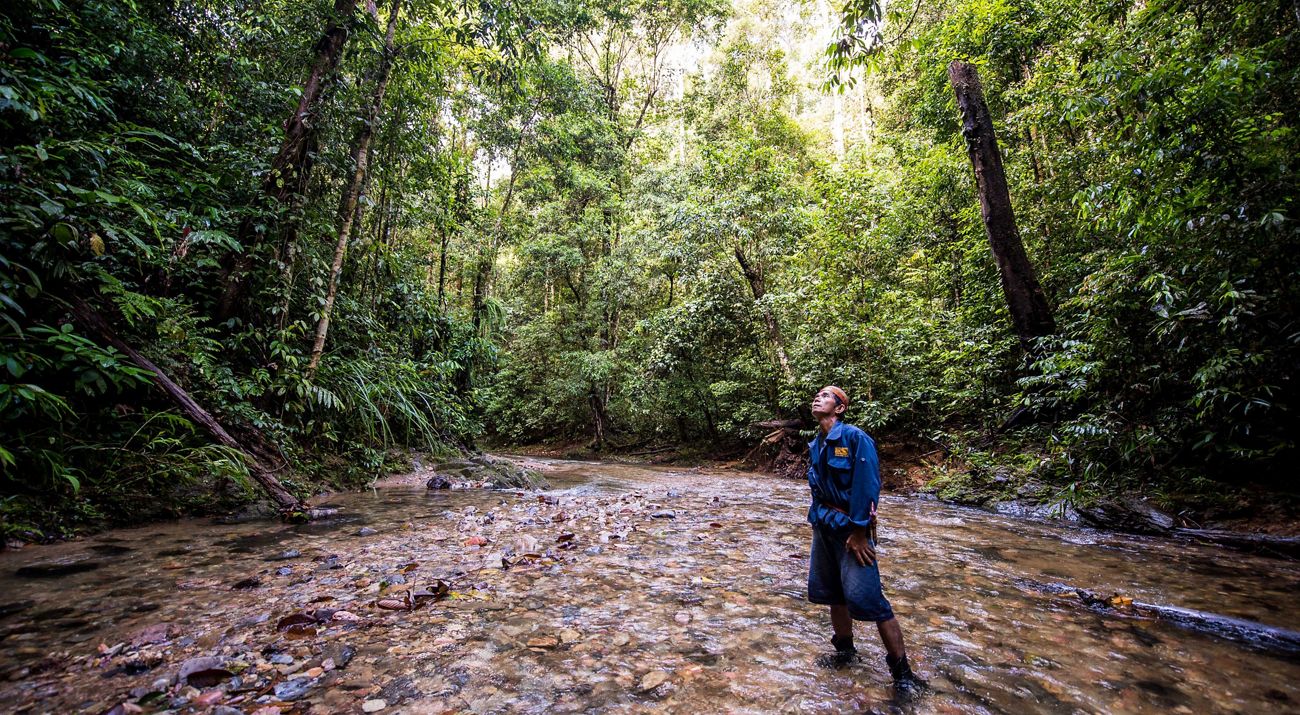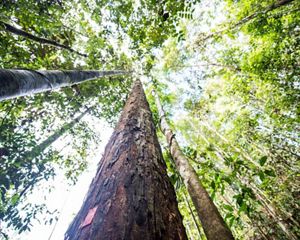Sounds of Nature
The Nature Conservancy is using the science of sound to measure how effective our conservation work is.
Birdsong, whale songs or even the sound of insects can transport us to a faraway place—to a tropical forest, to the middle of the ocean or to a mountaintop.
But TNC scientists are proving that the sounds of nature can also tell us a lot about the health of a particular habitat, and whether conservation measures are working or not. After all, a scientist might have a lot better luck hearing a family of gibbons in a thick forest than actually seeing them or capturing images of them. Read “The Sound of a Tropical Forest,” published by TNC and partner scientists in Science (English only).
“One of the aspects of this work that I’m most excited about,” says paper co-author and TNC lead scientist Eddie Game, “is that bioacoustics has the potential to be a revolutionary stream of data for earth observation.” Read an interview with TNC Lead Scientist Eddie Game, here.
Sounds from an Indonesian forest that has never been logged.
No spoken words. Multilayered sounds from a forest with noises of birds, insects, frogs and mammals.
Sounds recorded in a selectively logged forest. The forest soundscape is not as complex as a forest that has never been logged.
No spoken words. Multilayered sounds from a forest with noises of birds, insects, frogs and mammals, but the sounds are not as full as the previous recording.
Sounds from an acacia plantation. Chainsaws are clearly audible.
You can only hear a few sounds from nature, but chainsaws are audible in the distance.
Which forest would you rather visit or live in?
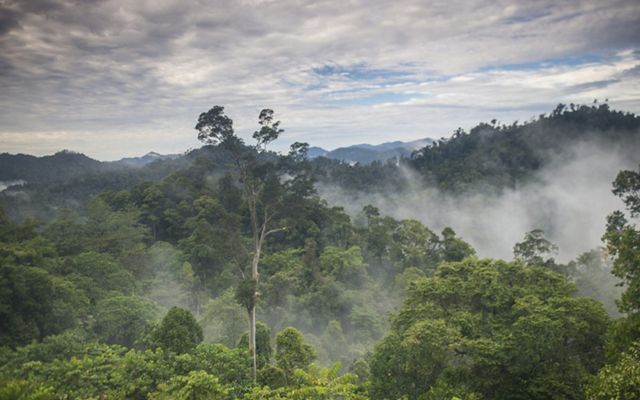
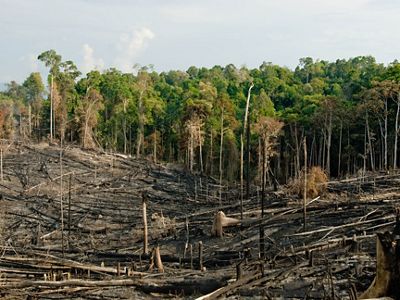
Or perhaps you’re more of a coast person… In which case, take a moment to listen in here, to a recording made at a TNC preserve in Washington State, U.S. See first if you can guess what species you’re listening to, then scroll to the bottom to check your answers (hint: one species of marine mammal and eleven species of bird!).
In fact, scientists are even exploring the sounds fish make—and even the sounds a river makes—can indicate a freshwater habitat’s health and what can be done to protect or improve it.
(Didn’t know fish make sound? They do! Listen here to these spangled grunters in Australia.)
From monitoring poaching of African elephants to rare Australian night parrots and nearly extinct vaquita porpoises, the emerging field of bioacoustics is helping wildlife biologists and conservation ecologists document habitat and species health… Which, in turn, could revolutionize how conservation gest done. TNC is using such techniques to measure the effectiveness of community conservation in Papua New Guinea.
Comparing Best Practices for Forests
This is certainly true in the tropical Indonesian rainforests of Borneo, where TNC is helping the government develop land-use planning that allows for both nature protection and economic development at the same time. For example, our bioacoustics monitoring work in Borneo is helping our scientists there answer the question: is it better for biodiversity, including orangutans, to have reduced-impact, selective logging across a wider area, or intensive agriculture like palm oil plantations interspersed with protected, pristine forests? See TNC scientists in action, working to answer this question.
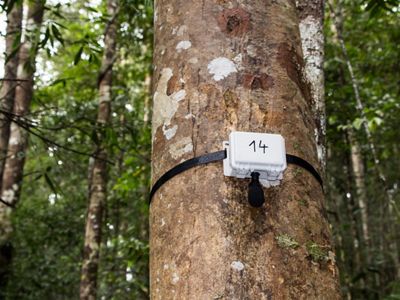
Acoustic recorders are less expensive than a lot of other monitoring tools available to scientists, and the field of bioacoustics monitoring is expanding and gaining wider acceptance. While the technology may not be cutting-edge, the advancements in conservation that result from this work may nonetheless be game-changing.
